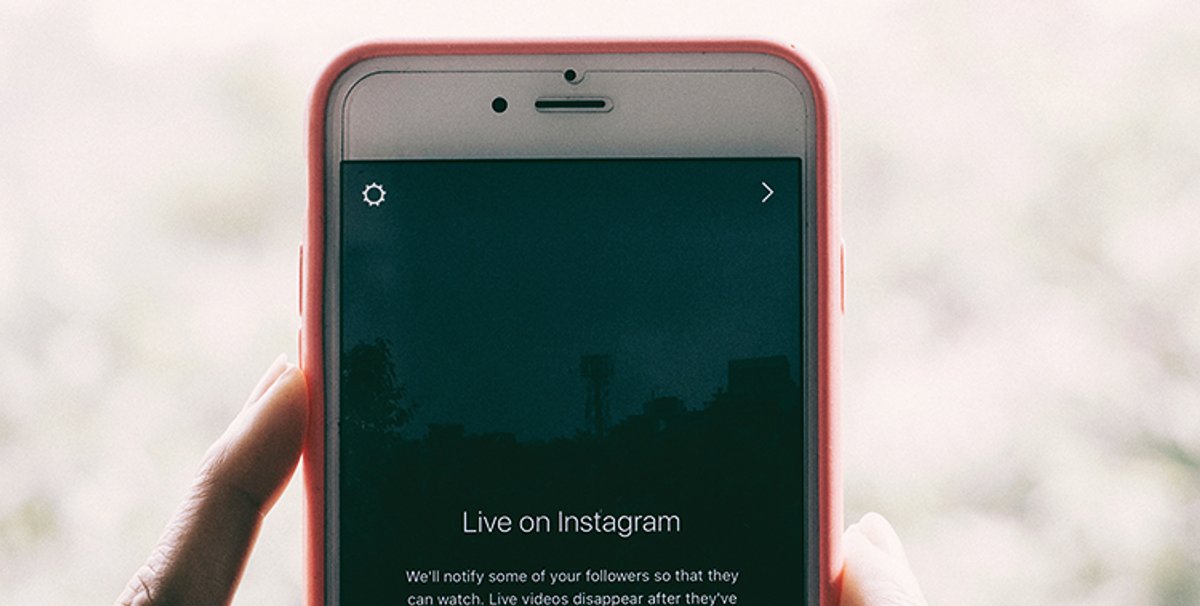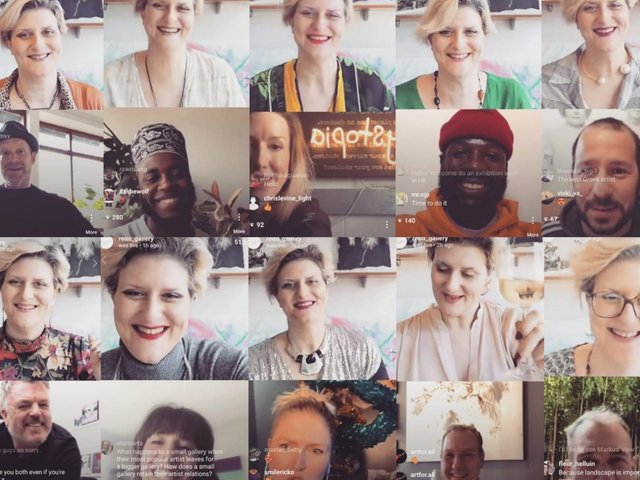Like supermarkets supplying bales of toilet paper to panicked shoppers the art world has been churning out digital content as the coronavirus pandemic has sent us into lockdown. In some ways, like the supermarkets, they are right to do so: people are sitting ducks, and doing a lot more of their business at home. But the plethora of output has made clear that the digital resources of much of the art world are seriously underdeveloped. While some of the online content from museums, galleries and artists (particularly those that are more established and better financed) can be successful, attempts to evoke real-life art experiences—such as virtual tours or livestreams—have been a mixed bag.
Livestreaming on online platforms such as Instagram, Facebook, YouTube and Zoom has exploded in the past few months. In an update on its website on 24 March, Facebook wrote: “The usage growth from Covid-19 is unprecedented across the industry, and we are experiencing new records in usage almost every day.” It added that in Italy, Instagram and Facebook Live views had doubled in a week. Zoom, which is primarily a conference calling service but is being used by many to host live events, has seen its users skyrocket from 10 million in December 2019 to more than 200 million by April this year.
There are now so many cultural livestreams on offer that Chris Unitt, the founder of One Further, a digital consultancy for the arts industry, has created the online database Cultural Digital: Streams. While cultural organisations “have been dipping various toes into livestreams over the past few years”, Unitt says, they have never really taken off. He puts this down, in part, to the business models used by most museums and galleries, which place central importance on “seeing a piece of art with the naked eye, bringing people together in a space and attaching the status of that space to the art”, which discourages them from developing their digital offerings. Naturally, this lack of experience is affecting the quality of livestreams. “People are weeks into this and are figuring this stuff out as they go,” Unitt says.
“In the beginning of lockdown I was watching Instagram livestreams, but now I just swipe past them”Huma Kabakci, independent curator
The art world’s confusion with livestreams was summed up by the British artist Martin Creed in his slightly awkward Instagram Live performance that kicked off Hauser & Wirth’s new online programming called Dispatches: “I don’t know if this is like a platform or a forum or a chatroom maybe.” Amid the muddle, lots of formats are being tried out on livestreams—from Q&As and panel discussions to tours and performances. Another odd livestream comes from Kettle’s Yard house museum in Cambridge, which set up a webcam on 31 March streaming an almost entirely static view of plant-filled shelves in front of a large window. It is a perfect example of how in-person beauty and charm does not translate online.
The format that seems most successful for livestreaming is talks. When Art Dubai had to reduce its fair offering, the organisers moved their talks programme online with a YouTube stream. The presentation was professional, mostly glitch-free and delivered an experience similar to listening in person at the fair. Most other talks have taken the vlogger approach: mainly done on mobile phones on Instagram, in a portrait format and with a slightly shaky, homemade aesthetic. This has been particularly popular with commercial galleries, including Pace, Lisson and König Galerie, which have been talking to artists and collectors. Besides the lo-fi visuals, the talks are often more candid than a gallery discussion.
The Art Newspaper offered a survey on its Instagram account, asking followers whether they rated or hated the glut of livestreams coming from the art world now: 57% were for and 43% were against. The pros are obvious: they are often interactive, normally free and easily accessible. But what do people dislike? “In the beginning of lockdown I was watching Instagram livestreams, but now I just swipe past them,” says the independent curator and avid Instagram user Huma Kabakci. “It is too much and it just blocks my feed. You also never know the quality of what you are tuning in to.” The inherent low quality of livestreams is probably the biggest issue, with the aesthetic standing in stark contrast to an industry that prides itself on its slickness.
It remains to be seen whether cultural organisations will maintain their livestream habits in a post-pandemic world. “More thought is needed around audience development, partnerships and business models,” Unitt says. “My concern is that people have gone running out the gate, giving everything away for free, and that becomes the expectation. For it to continue it needs to drive revenue.”
Ben Vickers, the chief technology officer at the Serpentine Galleries, adds that museums and galleries now sit online alongside giants such as 24-hour news outlets and Netflix. “[They are] in competition with an attention economy that these places weren’t built for,” he says. “So the challenges are pretty immense.”



